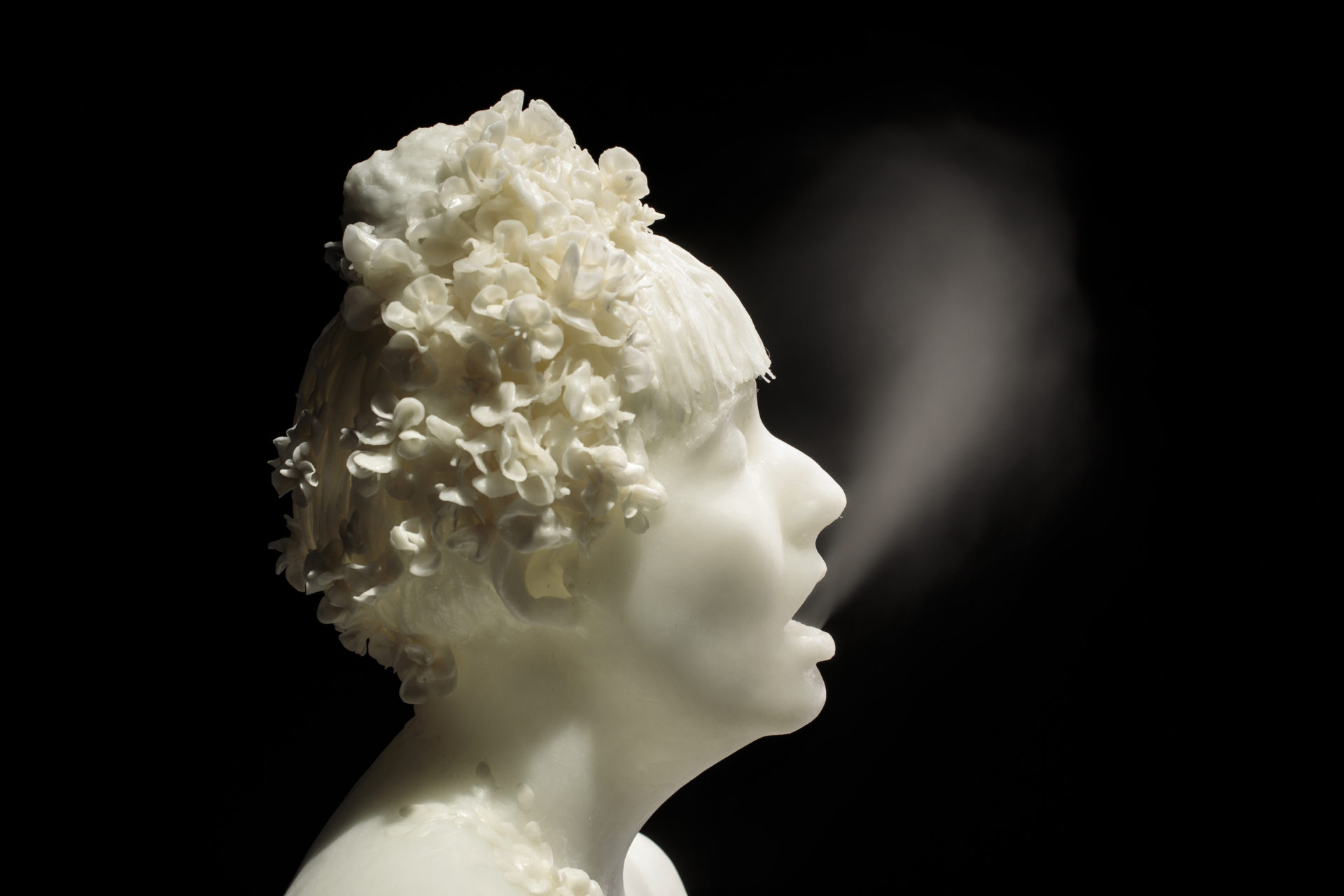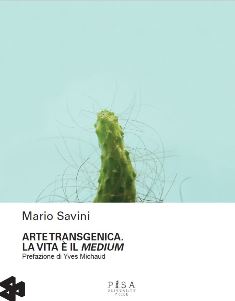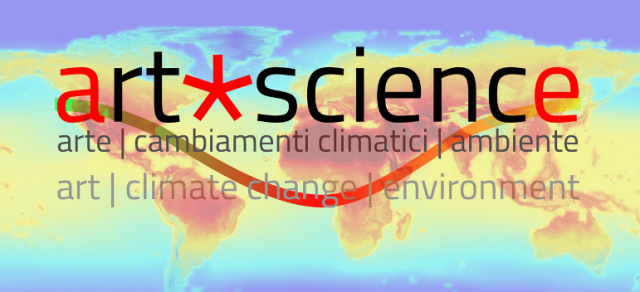
Self-portrait #2: Site of Infection consists of a wax cast of the artist’s bust rendered in a style reminiscent of classical depictions of female gods that emits vapour containing the artist’s DNA. The work considers viral infection as a potential mechanism of obtaining immortality and securing an ongoing genetic legacy. More specifically, the artist proposes that by genetically engineering viruses to include fragments from her genetic code, it may be possible to infect an organism and have the virus reproduce the genetic material within the selected host. By using a retrovirus and targeting germ cells (e.g. sperm, eggs) the selected DNA sequences could also be passed on to the organism’s offspring. In this way, the artist would not need to have children as other organisms (including humans) could host and pass on a portion of her genetic material. By being deliberately provocative, the work aims to highlight the uncomfortability many of us experience at the prospect of infection and "genetic contamination" despite the fact that we are constantly breathing in and integrating foreign DNA. Indeed, the artist argues that all organisms are essentially multi-species ecologies comprised of shared and swapped genetic material.
Svenja Kratz
Self-portrait #2: Site of Infection
2019
Ph. Remi Chauvin






